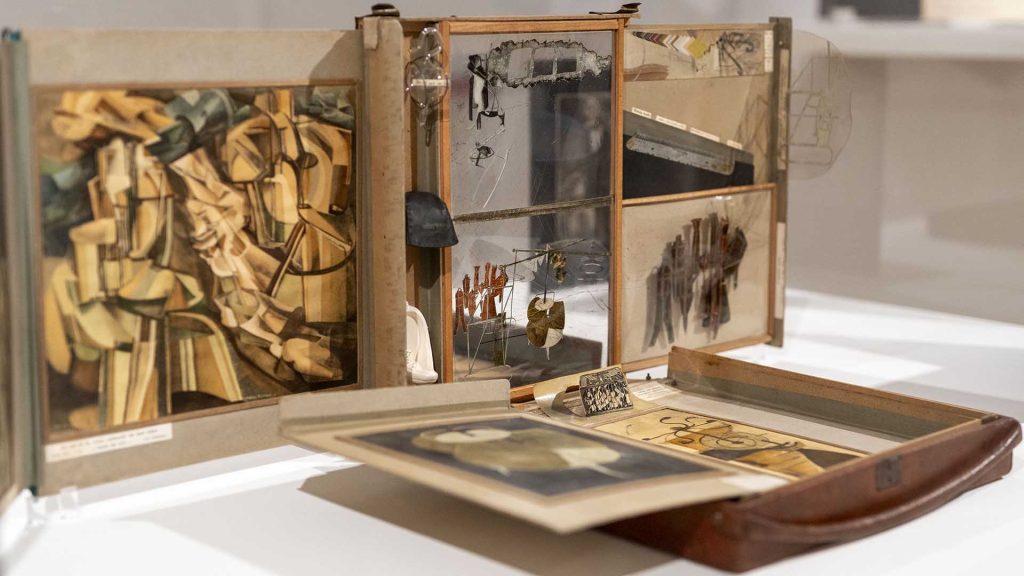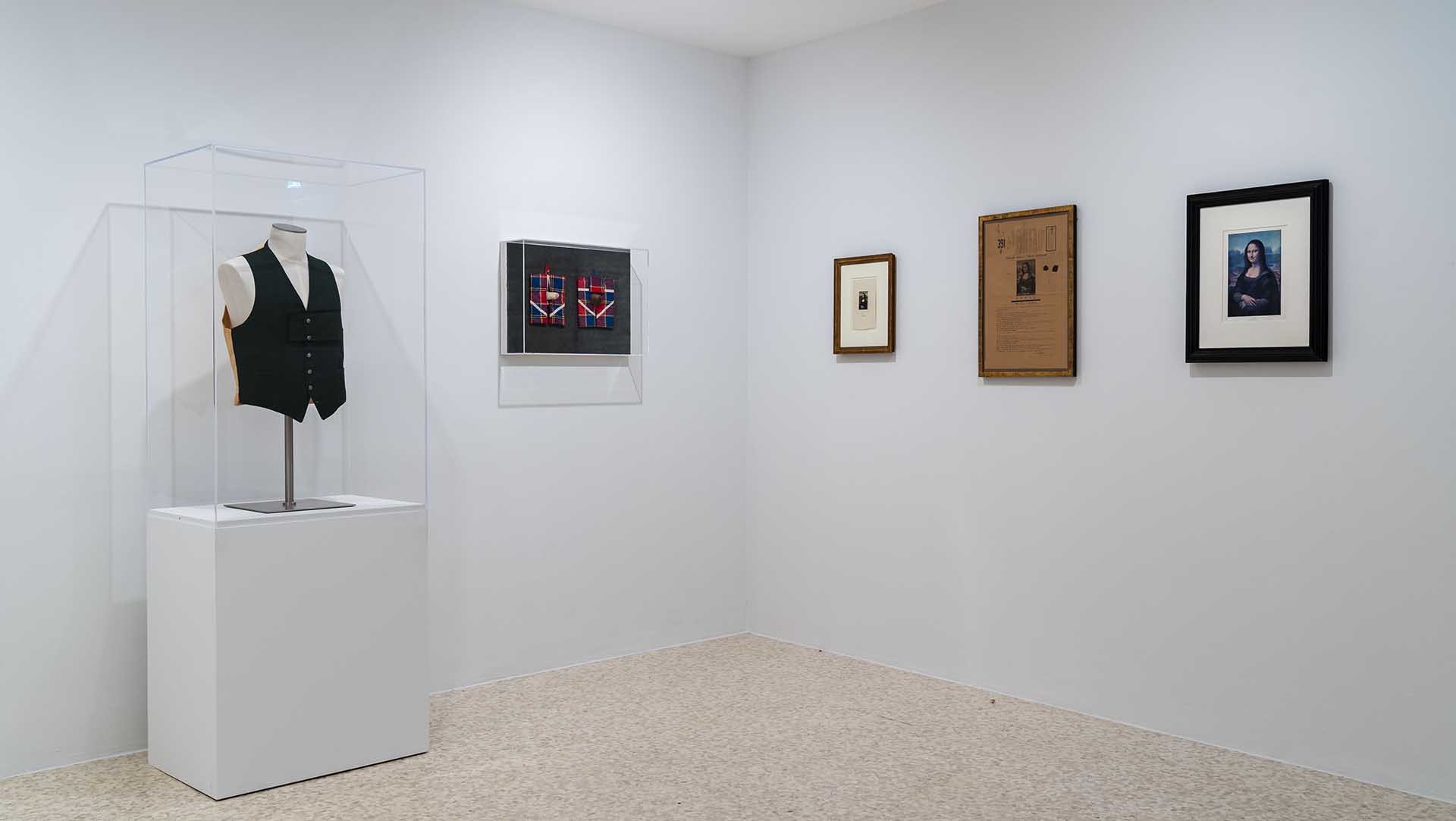
At the Peggy Guggenheim Collection, the not-to-be-missed exhibition Marcel Duchamp and the Lure of the Copy, curated by Paul B. Franklin, one of the artist’s leading experts, presents sixty works executed throughout his career between 1911 and 1968.
How can we define the value of art? Can copies and elaborations be considered art themselves? The question is as old as time, given how Plato spoke of reflections and shadows and deceiving copies of reality. To give artistic value to copies and reproducibility, thus revolu- tionizing and changing forever the idea of artwork, was one of the greatest geniuses of our age, Marcel Duchamp. Duchamp is not only a radical, genius artist, he is also the most influential figure in the world of modern art, which without his conceptual contri- butions, would not exist at all. By countering Walter Benjamin, who sustained the loss of value of a copy, Duchamp affirmed that anything can be an original and a copy at once. When the artist decides to, he can sign any piece, and that’s what gives it value, no matter how common and ordinary it may be.
For the first time now, the Peggy Guggenheim Collection dedicated Duchamp an exhibition: Marcel Duchamp and the Lure of the Copy. Curated by Paul B. Franklin, one of the most renowned experts on Duchamp, the exhibition presents sixty pieces representing successive stages in the artist’s career 1911 to 1968, and includes Nu descendant un escalier and Jeune homme triste dans un train. A large part of the art comes from Attilio Codognato’s private collection. Codognato, who died recently, started buying Duchamps in the 1970s.

The copy, the double, the alter ego were staples for Duchamp, who created his feminine alter ego Rrose Sélavy – the artist becoming his own ready-made artwork.
Duchamp and Peggy Guggenheim met in Paris in 1923. It was he who educated her in modern art and helped her pick her first buys. This iconic relationship will be illustrated in the exhibition with de ou par Marcel Duchamp ou Rrose Sélavy (Boîte- en- valise), a brief- case containing 69 miniatures of Duchamp’s most famous art.